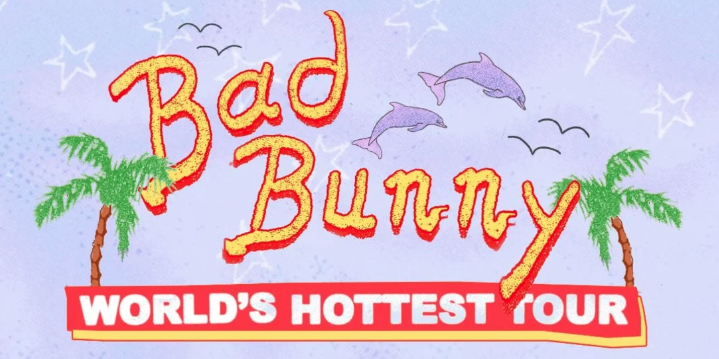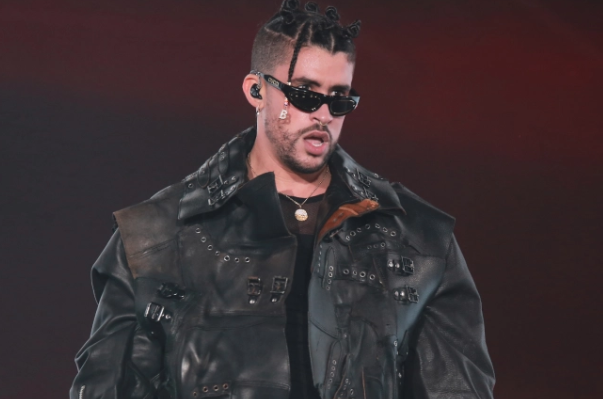Bad Bunny – World’s Hottest Tour stops at DC’s Nationals Park on Aug 23
Bad Bunny already has a full-fledged arena tour scheduled this year, but he’ll follow it up with his first stadium trek in the summer.
Bad Bunny’s World’s Hottest Tour
The Latin pop star’s World’s Hottest Tour will launch with a U.S. leg on August 5 at the Camping World Stadium in Orlando, Florida. The trek wraps Sept. 30 at SoFi Stadium in Los Angeles, and during the U.S. leg, Bad Bunny will get support from Alesso and Diplo on select dates.
Related:
Kendrick Lamar’s The Big Steppers Tour Aug 4 at DC’s Capital One Arena
Bad Bunny will follow up his U.S. tour with a run of shows in Central and South America, as well as the Caribbean. That run kicks off Oct. 21 in Santo Domingo, Dominican Republic, and wraps Dec. 9 in Mexico City.

Tickets for Bad Bunny’s World’s Hottest Tour are on sale now via the tour’s website and through VividSeats.
Bad Bunny World’s Hottest Tour Dates
Aug. 5 – Orlando, FL @ Camping World Stadium
Aug. 9 – Atlanta, GA @ Truist Park (with Alesso)
Aug. 12 – Miami, FL @ Hard Rock Stadium (with Alesso)
Aug. 18 – Boston, MA @ Fenway Park (with Alesso)
Aug. 20 – Chicago, IL @ Soldier Field
Aug. 23 – Washington, DC @ Nationals Park (with Alesso)
Aug. 27 – New York, NY @ Yankee Stadium (with Diplo)
Sept. 1 – Houston, TX @ Minute Maid Park (with Alesso)
Sept. 7 – San Antonio, TX @ Alamodome (with Alesso)
Sept. 9 – Dallas, TX @ AT&T Stadium (with Alesso)
Sept. 14 – Oakland, CA @ RingCentral Coliseum (with Alesso)
Sept. 17 – San Diego, CA @ PETCO Park (with Alesso)
Sept. 23 – Las Vegas, NV @ Allegiant Stadium (with Alesso)
Sept. 28 – Phoenix, AZ @ Chase Field (with Alesso)
Sept. 30 – Los Angeles, CA @ SoFi Stadium (with Diplo)



